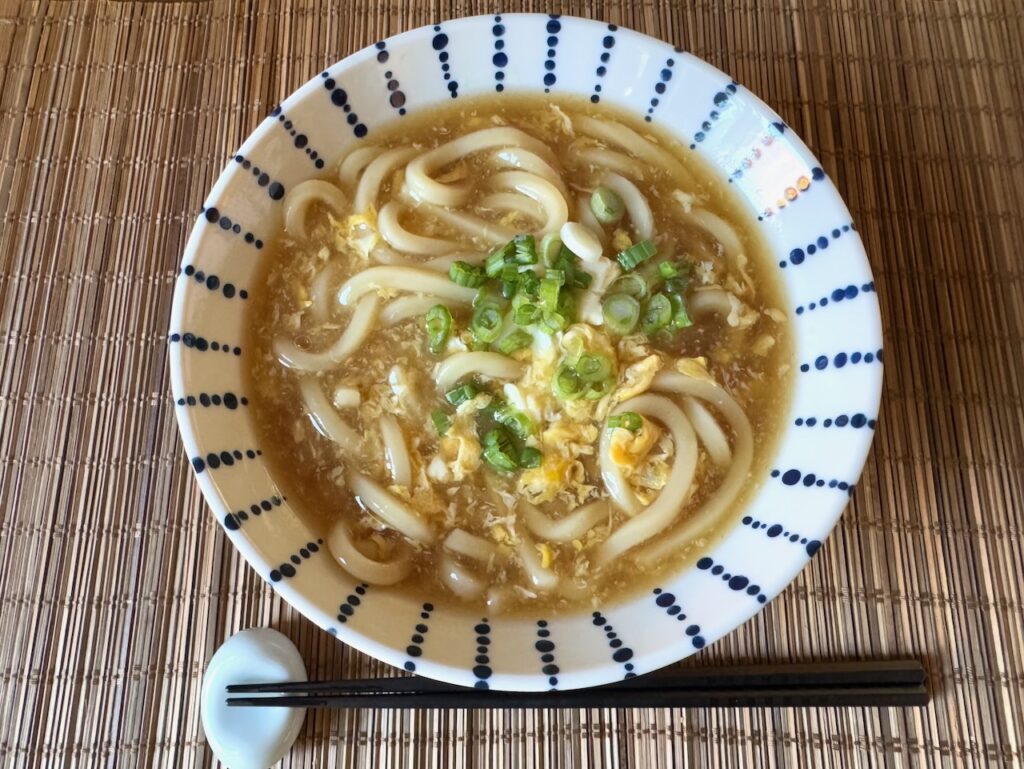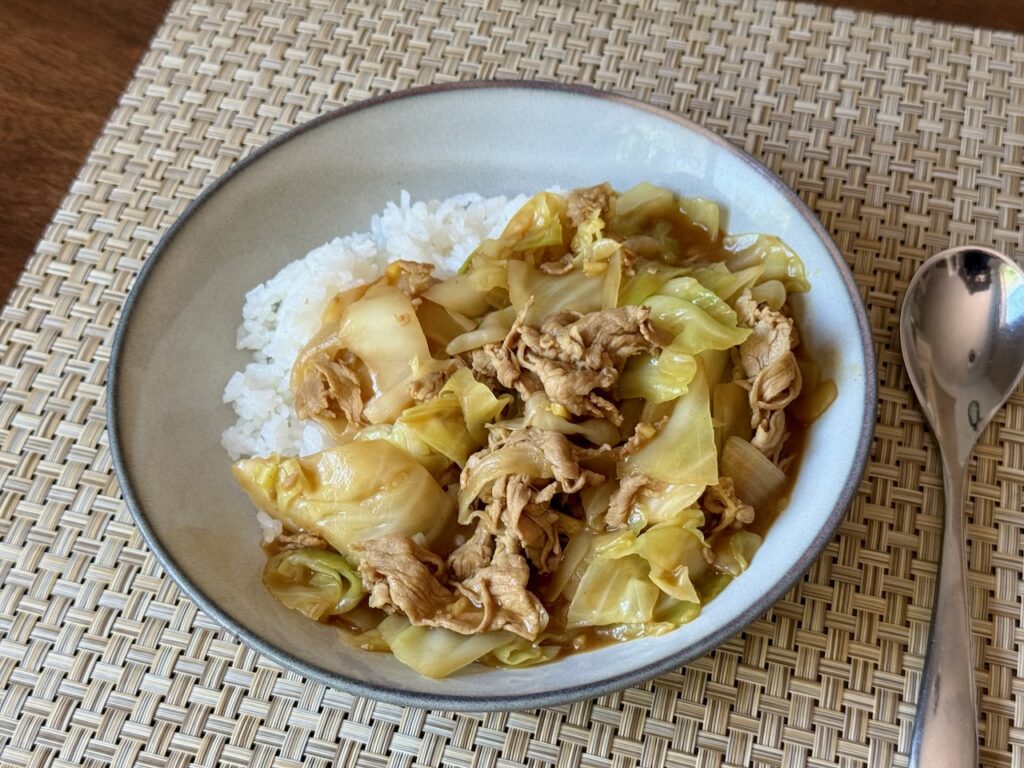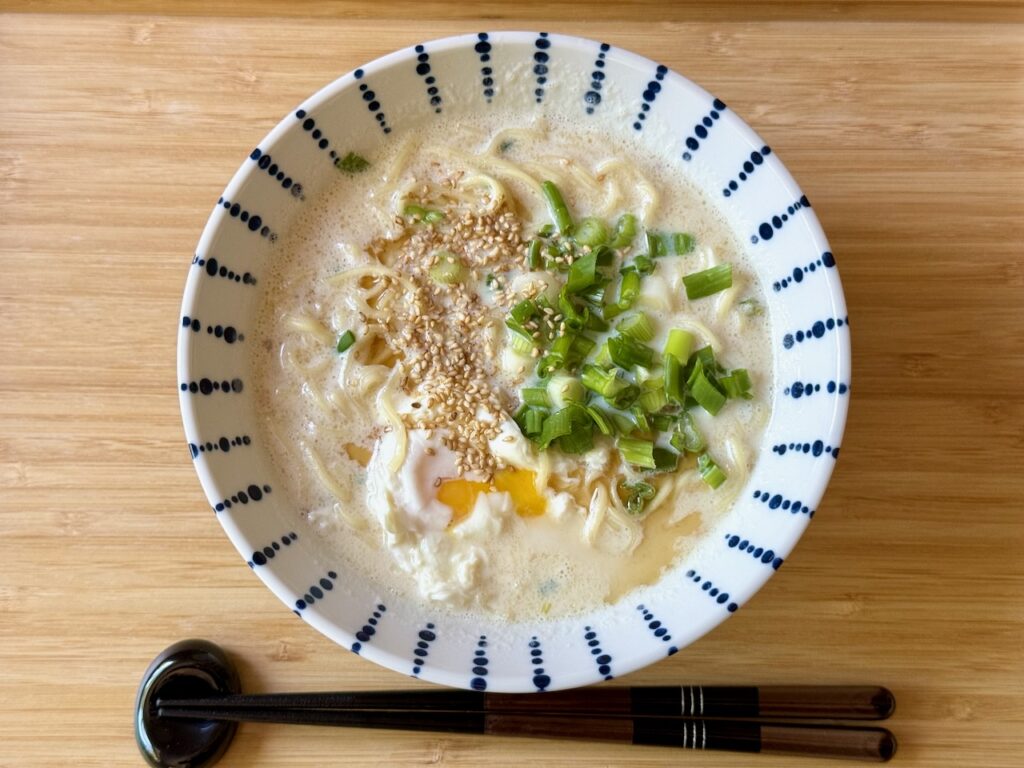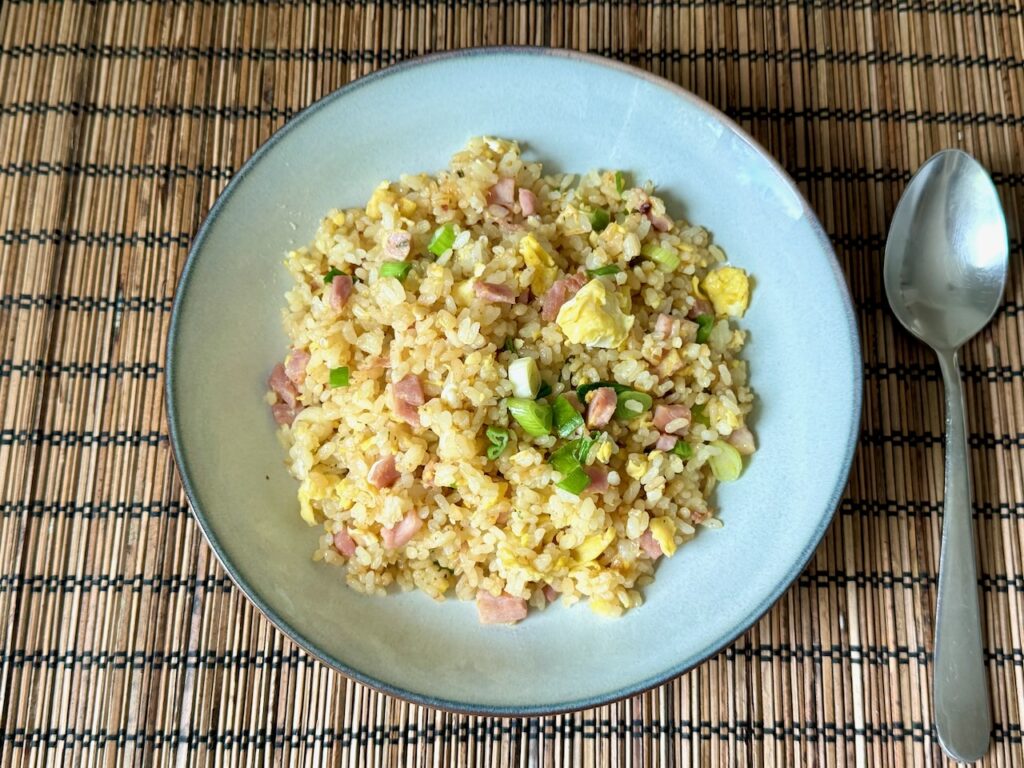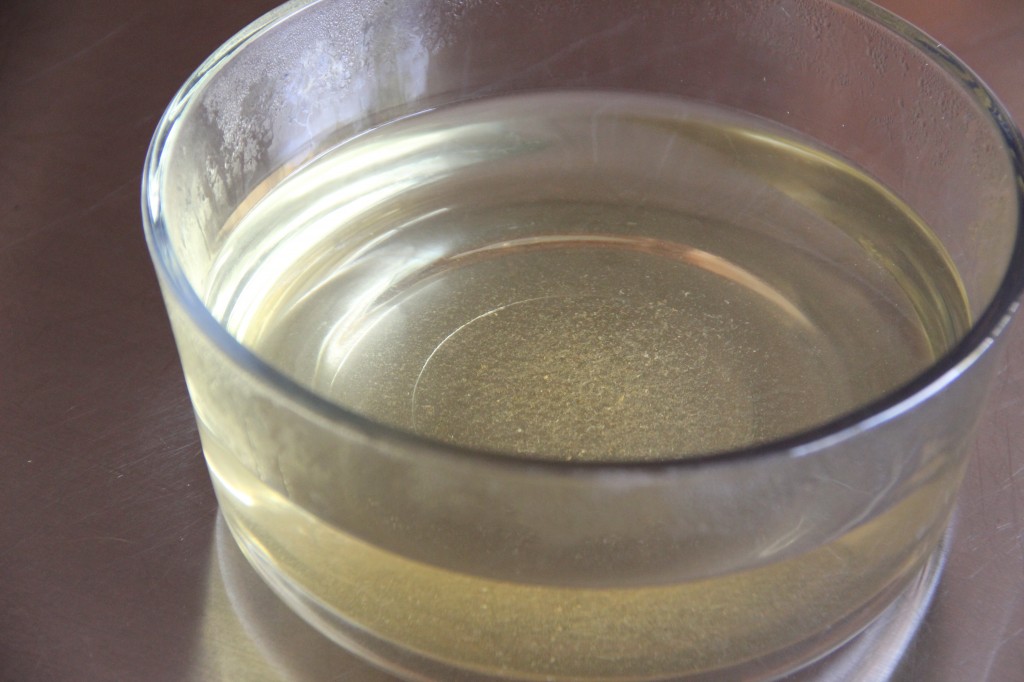Tamagotoji Udon is an udon noodle soup made with beaten eggs swirled into the flavorful dashi-based soup. It is so simple and quick to make in less than 15 minutes!
The soup is slightly thickened with the potato starch (or corn starch) which results in silky and smooth texture. Warm, hearty, and filling, it’s a perfect lunch to make for yourself on a chilly winter day.
Pork and Cabbage Curry is a simple variation of Curry and Rice using Japanese curry sauce mix. Typical Japanese curry requires some time to stew beef, potatoes, and carrots. This curry features thinly sliced pork and cabbage, which takes significantly less time to cook. The flavor combination of pork, ginger, and cabbage resembles Pork Shogayaki, another popular Japanese dish for lunch and dinner. If you feel like having curry, but you don’t want to spend too much time in the kitchen, try Pork and Cabbage Curry. You can also substitute thinly sliced pork with any other protein of choice such as thinly sliced chicken, beef, or tofu. This is a great dish to make on a busy weekday.
Soy milk is often used for the soup of vegan ramen as it adds richness and creaminess to the broth while it’s all plant-based. In this easy (non-vegan) recipe, we simply replaced some water with soy milk when making a packaged instant ramen. No additional seasoning other than some sesame seeds and sesame oil added at the end. Soy milk added the depth in the broth, but it’s not overly creamy or greasy. It complemented the Tonkotsu flavor really well. We dropped an egg in the same pot while making the noodle, so it’s an one-pot meal and as easy as it gets!
Fried Rice, known as Yakimeshi in Japanese, is such an easy dish to make with ingredients you already have. It’s a typical lunch dish to make at home with leftover rice, meat, and vegetable you have in the fridge. While salt and pepper with a bit of soy sauce are all you need to season Japanese-style fried rice, here we use dashi stock powder.
Dashi or Japanese soup stock is a very important component in traditional Japanese cooking. It is used in soups, stews, boiled vegetables and many other dishes. It is not hard to make at all, but it is one step you have to take before you cook food.
There are different kinds of Dashi you can make from various umami rich ingredients (learn more from our How to Make Dashi post), but in this recipe, we make the simple and traditional broth using some dried bonito flakes (katsuobushi) #ad and water. Dried bonito flakes can be easily found at Japanese supermarkets or online stores.
